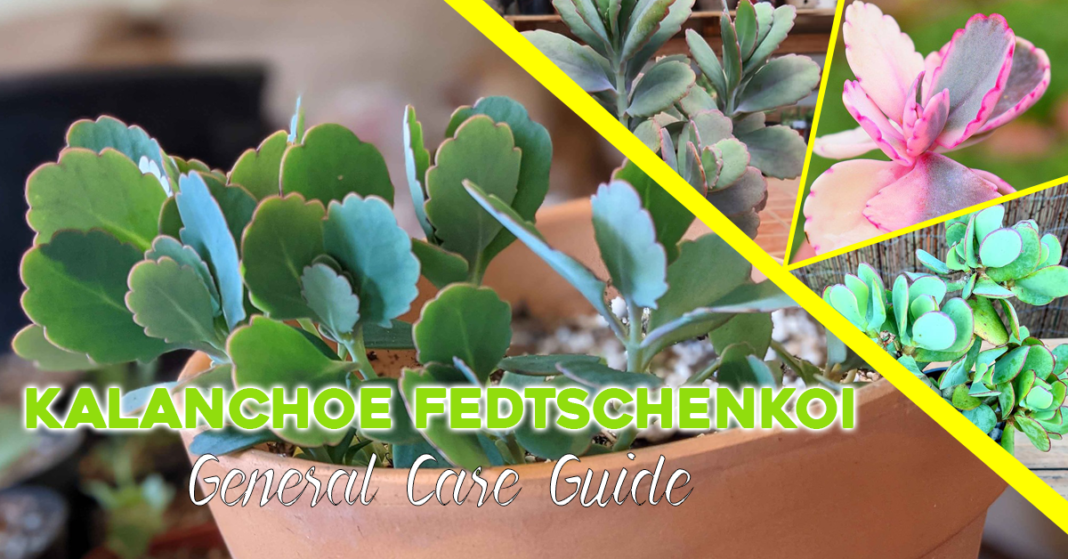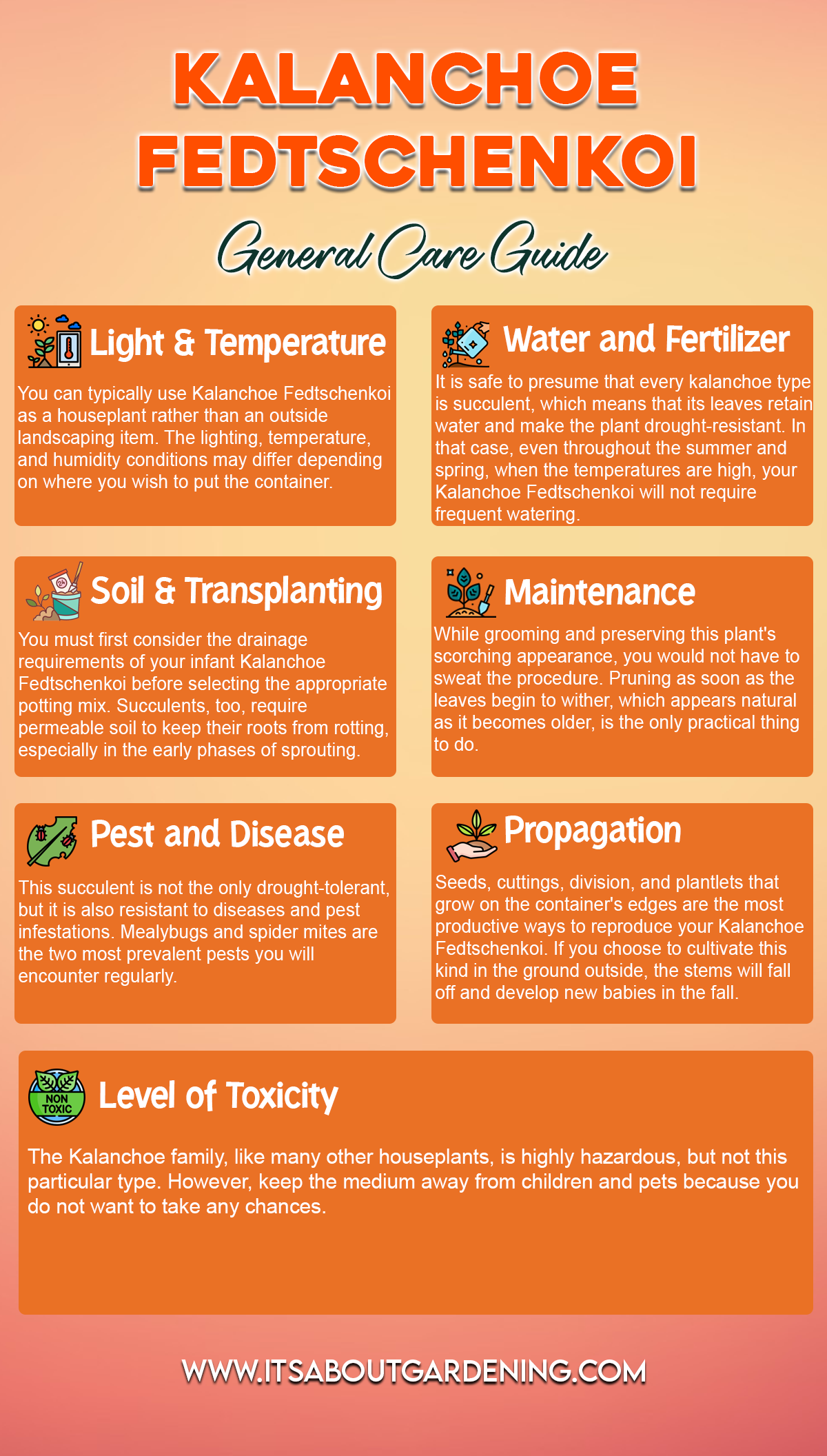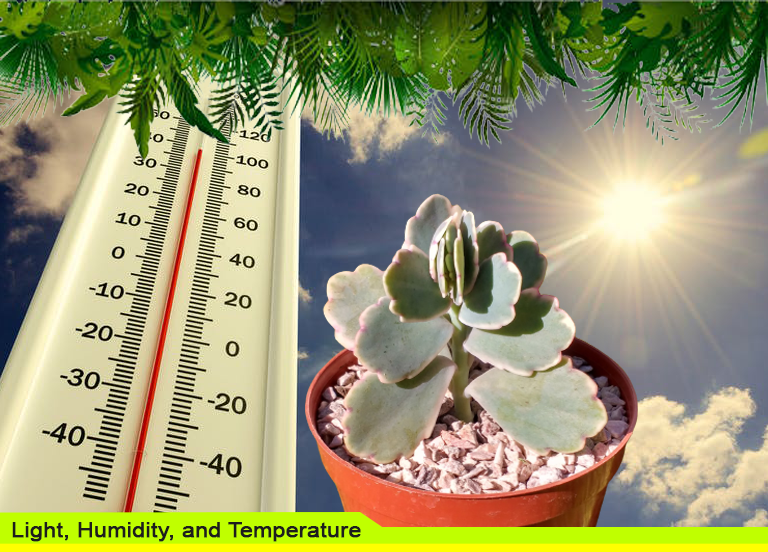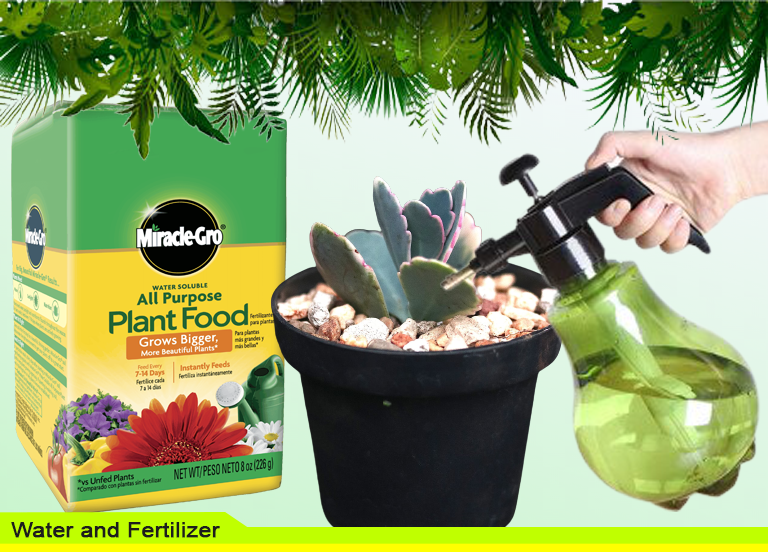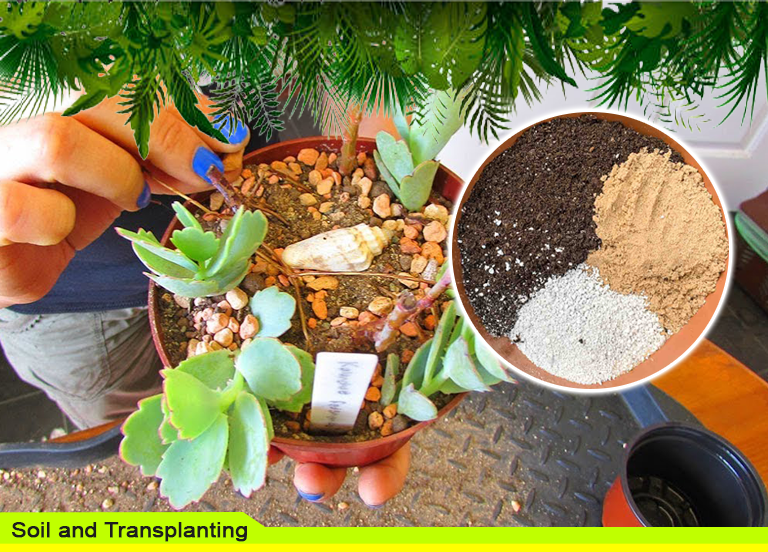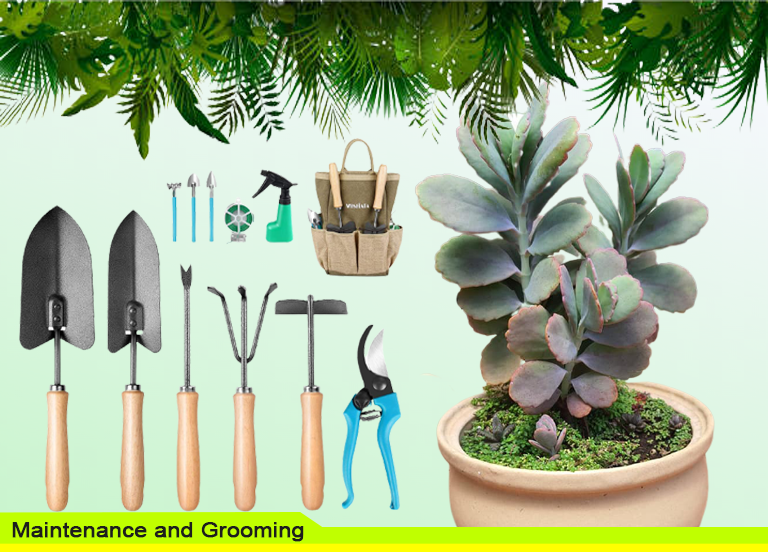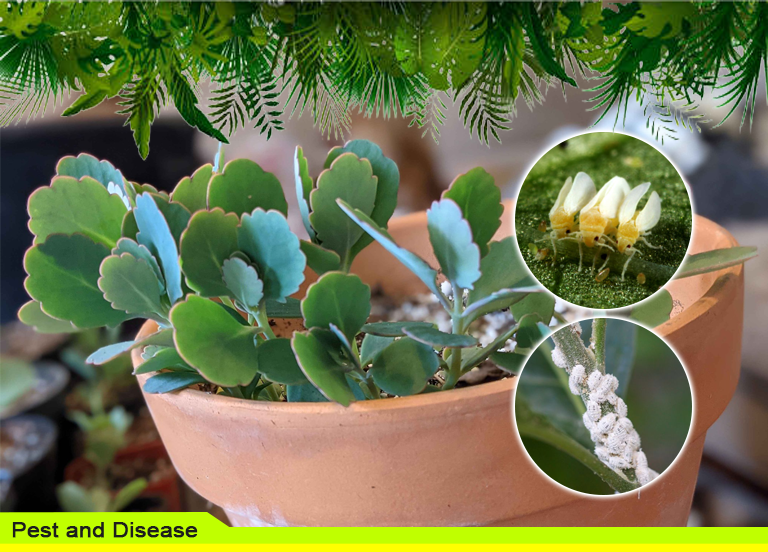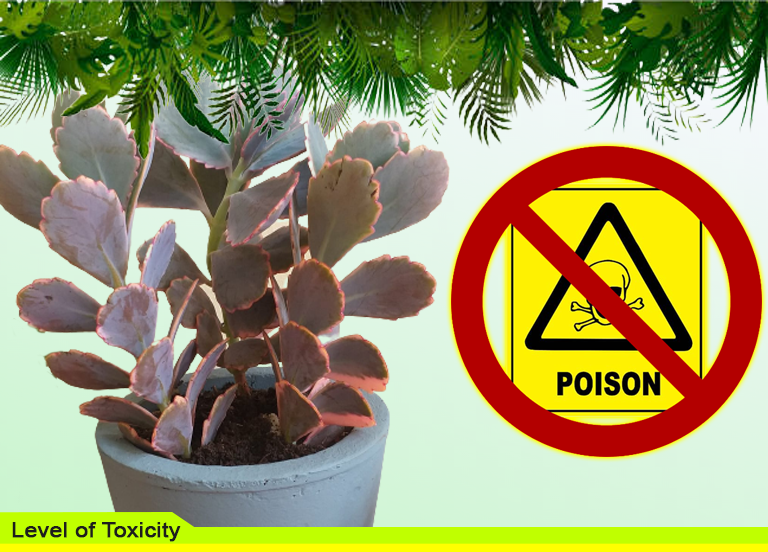Kalanchoe Fedtschenkoi is a lovely perennial succulent with compact foliage and modest growth. It is a member of the Crassulaceae family that takes all of its DNA from the Bryophyllum genus. And it was named Bryophyllum Fedtschenkoi in honor of botanist Boris Fedtschenkoi.
If you are looking for an eye-catching succulent, Kalanchoe Fedtskenchoi is a good choice because it is a crowd-pleaser with a voguish appeal as small as it appears, and most houseplant fans know this like the palm of their hands.
Native to Madagascar, this plant has established itself in the southern United States regions since its arrival to North America. And aside from the fact that it is a reasonably simple succulent to grow as a houseplant, it makes an excellent ground cover.
Kalanchoe Fedtskenchoi is often known as Lavender Scallops, South American Air Plant, Kalanchoe Stonecrop, Gray Sedum, and Variegated Lavender Scallops.
The Kalanchoe Fedtschenkoi
Kalanchoe fedtschenkoi is a small, shrubby succulent that grows between 1 and 2 feet tall in terms of growth. Its stems stretch out from the root and develop enormous colonies of thick succulent leaves along the ground.
This plant also has cream-colored variegation that runs along the scalloped edges of the blue-green leaves. When exposed to strong sunlight or drought, the leaf’s edges turn red or pink.
The lush bluish-green foliage of the Kalanchoe Fedtschenkoi is often trimmed with lavender and is darker green in the center. Each leaf, however, can grow up to 2 inches in diameter and have two to eight teeth on the edges. The stems of bryophyllum fedtschenkoi are smooth and flexible. The branches may take root and establish new plants once they reach the ground.
The plant also produces flowering stems with tiny bell-shaped flowers in late spring to early summer. The blossoms haphazardly dangle from the branches. The loose clusters of flowers are usually reddish-brown and only reach a diameter of 3/4 inch. Each flower has a short calyx and a corolla that is significantly longer.
Scientific Information
Scientific name: Kalanchoe Fedtschenkoi
Kingdom: Plantae
Subkingdom: Viridiplantae
Infrakingdom: Streptophyta
Superdivision: Embryophyta
Division: Tracheophyta
Subdivision: Spermatophytina
Class: Magnoliopsida
Superorder: Saxifraganae
Order: Saxifragales
Family: Crassulaceae
Genus: Kalanchoe Adans
Species: Kalanchoe fedtschenkoi
Basic Information
Common name: Lavender scallops
Height: 1 to 2 feet
Width: indefinite
Flower color: reddish-brown
Blooming season: spring to summer
Leaves: 2 inches
General Care for Kalanchoe Fedtschenkoi “Lavender Scallops”
Given that all kalanchoe kinds are succulents, it is funny to see how one plant can push its survival abilities a little bit further when the surrounding is not ideal. The same for most other succulents native to Madagascar.
Below are guides on how to properly care for your Kalanchoe Fedtschenkoi.
Light, Humidity, and Temperature
You can typically use Kalanchoe Fedtschenkoi as a houseplant rather than an outside landscaping item. The lighting, temperature, and humidity conditions may differ depending on where you wish to put the container.
The USDA hardiness zone 9b or warmer temperatures are ideal for this Madagascan native. As a result, you will need to keep it in a room with a temperature between 50 and 60 degrees Celsius during the day.
When the temperature lowers to 4 to 7 degrees Celsius at night, this succulent can withstand it, but you must maintain the soil completely dry when the temperature dips to this level. And regardless of whether you are growing it indoors or outdoors, this plant prefers natural sunlight to grow lights.
If feasible, place the containers on a ledge where the plant will have full access to light, especially during the summer mornings. Use south or west-facing window if possible, and remember to keep the humidity low.
Water and Fertilizer
It is safe to presume that every kalanchoe type is succulent, which means that its leaves retain water and make the plant drought-resistant. In that case, even throughout the summer and spring, when the temperatures are high, your Kalanchoe Fedtschenkoi will not require frequent watering.
To avoid harming your plant by soaking it in water for too long, one or two sessions each month during the warmer months will fit for this lovely succulent.
Make sure the first several inches of topsoil are completely dry before starting the next watering cycle. On the other hand, feeding aids in the plant’s rapid development and the maintenance of its vibrant leaves. When summer arrives, feed your houseplant with soluble fertilizer twice a week for the duration of the season.
While almost all succulents require fewer watering sessions in the winter, you should also stop feeding your plant at this time because the growth hormones are not as responsive when the temperature is persistently below freezing.
Throughout the winter, you must wait until the plant begins to exhibit early signs of thirst, such as the leaves shrinking somewhat, before watering it again.
Soil and Transplanting
You must first consider the drainage requirements of your infant Kalanchoe Fedtschenkoi before selecting the appropriate potting mix. Succulents, too, require permeable soil to keep their roots from rotting, especially in the early phases of sprouting. Mold grows when too much water gets caught in the soil mix, stunting your plant’s overall growth.
To put it clearly, you need porous soil that allows water to drain fast, mainly sand and perlite-based soil mix. Your kalanchoe plant will eventually need to be transplanted onto a growing medium as it matures. And, if growing conditions are suitable, it will sprout profusely, necessitating transplanting roughly once a year.
It would also be vital to replace the old soil with higher macronutrients, aside from the fact that it can outgrow the first container.
When performing this simple exercise, be careful not to injure the roots or leaves, as they are prone to becoming damaged.
Maintenance and Grooming
While grooming and preserving this plant’s scorching appearance, you would not have to sweat the procedure. Pruning as soon as the leaves begin to wither, which appears natural as it becomes older, is the only practical thing to do.
You might notice a few plantlets developing on the sides of the container if you look attentively within it, preferably after your kalanchoe has reached the age of one year.
When the leaves fall off, they might sprout and grow into new plants. Although this is an interesting character that you would not find with succulents, some homes may only require a single unit per container, in which case you should prune the babies as soon as they appear.
Pest and Disease
This succulent is not the only drought-tolerant, but it is also resistant to diseases and pest infestations.
Mealybugs and spider mites are the two most prevalent pests you will encounter regularly.
If the bugs are not apparent, treat your plant with insecticides like horticultural oil or neem oil to get rid of them quickly.
Kalanchoe Fedtschenkoi Propagation
Seeds, cuttings, division, and plantlets that grow on the container’s edges are the most productive ways to reproduce your Kalanchoe Fedtschenkoi. If you choose to cultivate this kind in the ground outside, the stems will fall off and develop new babies in the fall.
All of these choices are realistic, but the division is the most plentiful of them all. To begin using this propagation method, follow these steps:
1. From the mother plant, take a few leaf cuttings.
2. Allow them to dry entirely in the sun once they have been newly cut.
3. Prepare a cactus mix with a portion of sand to make the soil more porous by utilizing a compact pot to sustain the freshly propagated succulent.
4. To avoid damaging the leaves, be careful when detaching the cuttings from the plant’s base.
5. You would not need to use any rooting hormone because the cuttings will produce roots in two to three weeks. However, if necessary, only use a small quantity of it. It is significantly more favorable for your plant to gradually adapt to the current conditions, rather than relying on any synthetic nutrients
Take note: If you choose to propagate your plant via seeds rather than other means, you can wait until the blooms have finished flowering to harvest them. Seeds do not produce results as quickly as leaf cuttings. After you have planted the seeds, do not water the soil again until the seedlings appear.
Level of Toxicity of Kalanchoe Fedtschenkoi
The Kalanchoe family, like many other houseplants, is highly hazardous, but not this particular type. However, keep the medium away from children and pets because you do not want to take any chances.
Uses of Kalanchoe Fedtschenkoi
When cultivated as houseplants, most kalanchoes, including the Kalanchoe Fedtschenkoi, are more pleasant to the sight.
However, it would be more appropriate to develop it in your garden if you live in a warmer climate. Place the container on a windowsill with plenty of natural light for best results.

